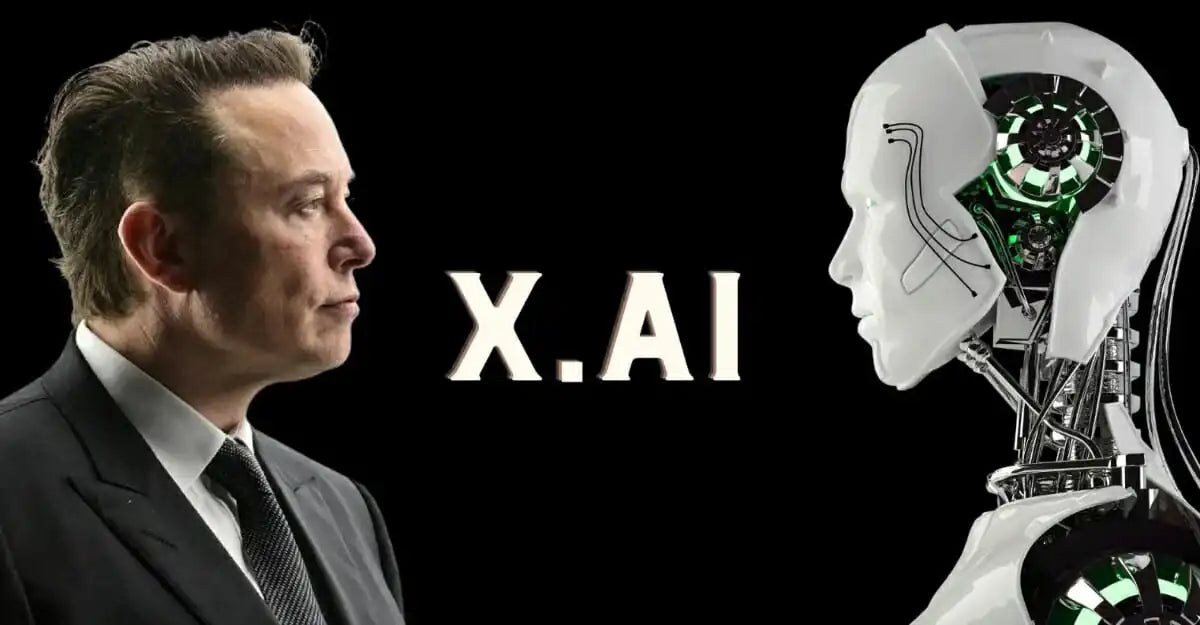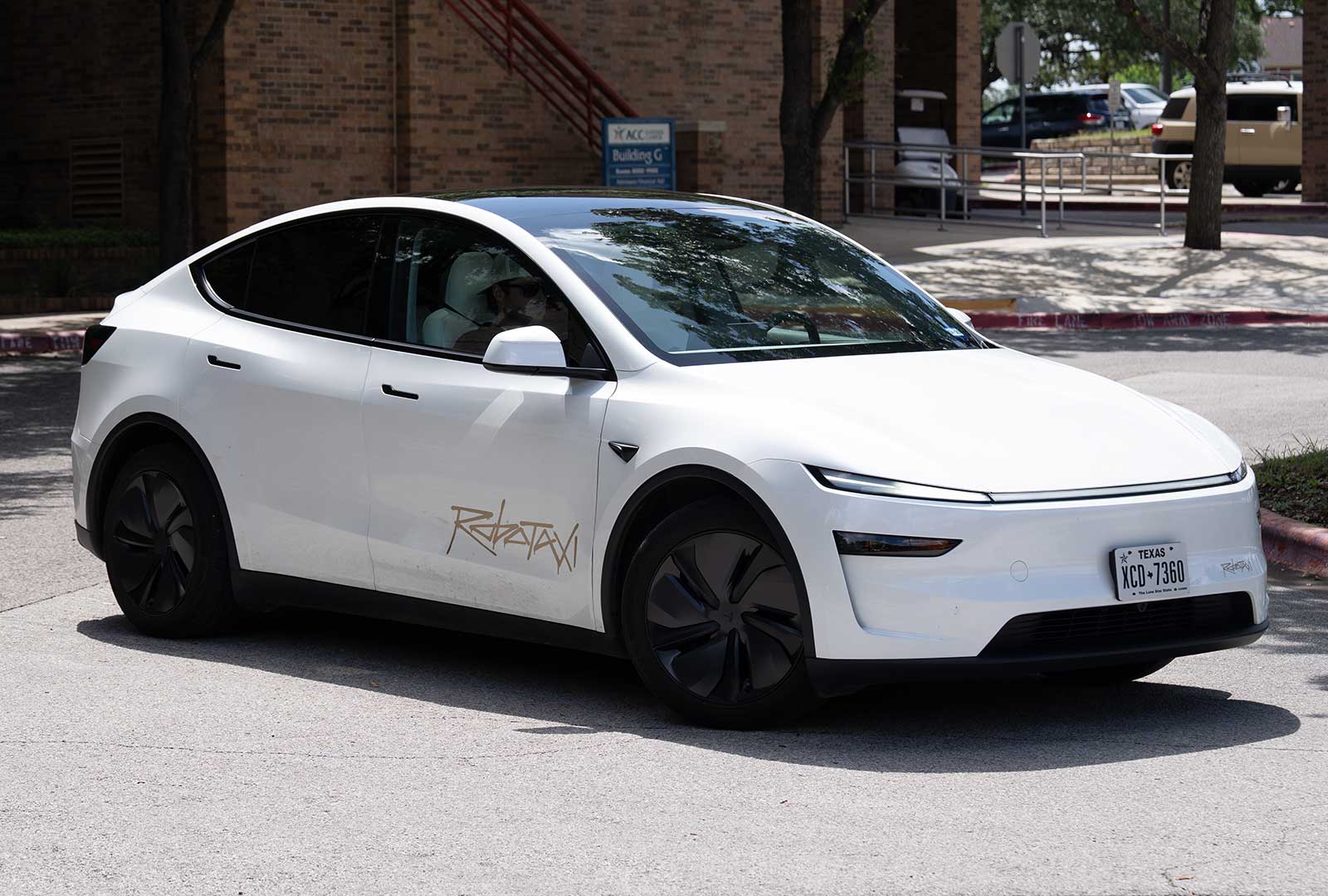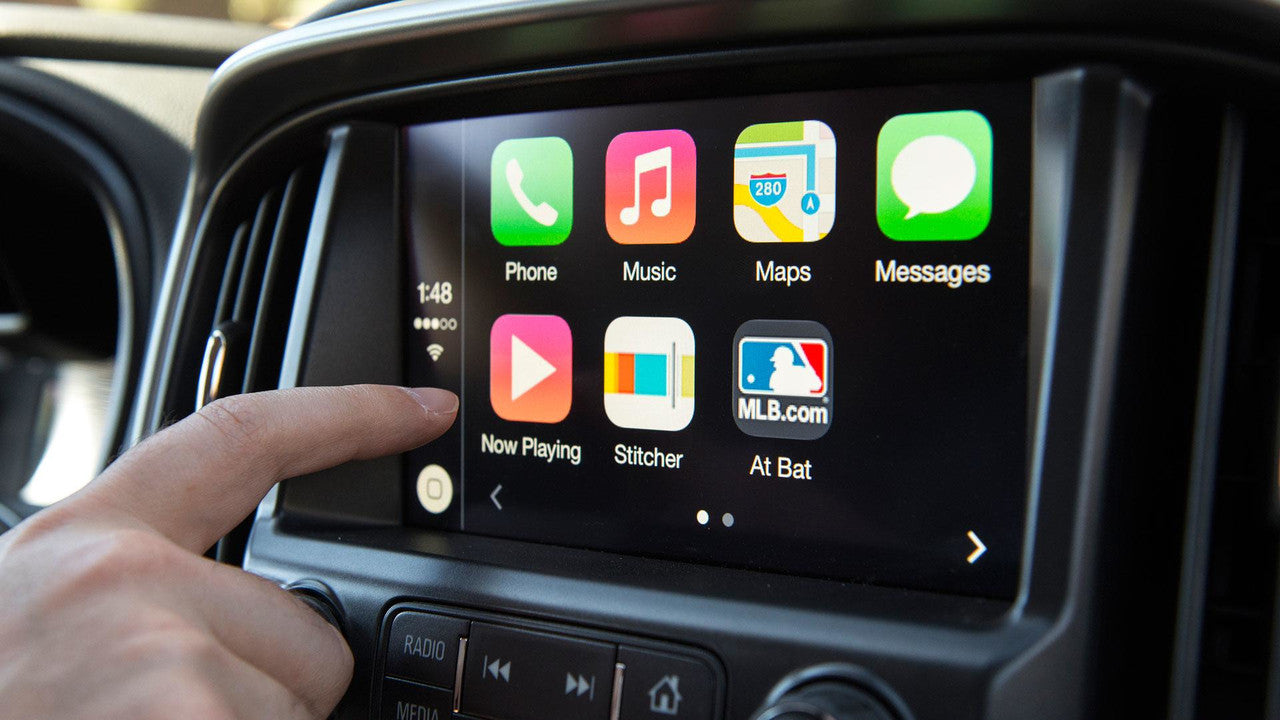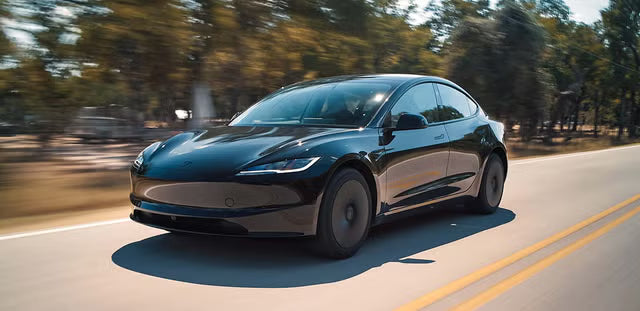Elon Musk , l'une des figures les plus marquantes du secteur des véhicules électriques (VE) et des technologies, trace une nouvelle fois une voie ambitieuse vers l'avenir, cette fois grâce à sa startup d'intelligence artificielle, xAI , et à son produit phare, Grok . Ce modèle d'IA, présenté comme un concurrent de ChatGPT d'OpenAI, devient rapidement un élément central de la vision plus large d'Elon Musk concernant l'intégration de l'IA dans ses entreprises, dont Tesla.
Alors que les actionnaires de Tesla doivent voter pour savoir si le constructeur automobile doit investir dans xAI , le résultat pourrait affecter de manière significative non seulement l'orientation stratégique de l'entreprise, mais également le paysage de la mobilité alimentée par l'IA.
Qu'est-ce que Grok ?
Grok est un modèle d'IA générative développé par xAI , une startup d'IA lancée par Musk en 2023. Contrairement à de nombreux systèmes d'IA qui mettent l'accent sur des résultats prudents et politiquement corrects, Grok est conçu pour être plus « rebelle », capable de répondre avec ce que Musk appelle un comportement de « recherche maximale de la vérité », même s'il est controversé.
Bien que le modèle ait été principalement utilisé dans la plateforme de médias sociaux rebaptisée X (anciennement Twitter) de Musk et dans le support client de Starlink , Musk a ouvertement exprimé son intention d'intégrer Grok dans les véhicules Tesla , le robot humanoïde Optimus et même dans les futurs systèmes d'infodivertissement .
Les implications pour Tesla : au-delà des véhicules
Tesla connaît bien l'IA. Sa technologie de conduite entièrement autonome (FSD) repose fortement sur les réseaux neuronaux et l'apprentissage automatique. Cependant, l'intégration d'un modèle d'IA en langage naturel comme Grok à son écosystème pourrait ouvrir des perspectives entièrement nouvelles :
1. Interaction améliorée entre le conducteur et le véhicule
Grok pourrait transformer l'interface de Tesla, passant de simples systèmes de commande vocale à des assistants embarqués sophistiqués. Imaginez un conducteur de Model Y disant :
« Grok, trouve-moi un itinéraire pittoresque pour rentrer à la maison, qui évite les péages et s'arrête dans un café végétalien. »
et recevoir une réponse conversationnelle optimisée avec des données en temps réel.
2. Décisions relatives aux véhicules autonomes
Les futurs systèmes FSD pourraient intégrer l’IA en langage naturel pour fournir une meilleure compréhension contextuelle des scénarios routiers complexes, des schémas de trafic ou des préférences des passagers.
3. Intégration Tesla Optimus
Le robot humanoïde Optimus étant encore en développement, Grok pourrait être utilisé pour alimenter son moteur de prise de décision, permettant une meilleure compréhension des tâches ménagères ou industrielles.
4. Assistance client améliorée par l'IA
Tesla pourrait exploiter Grok pour le dépannage automatisé, le support client et les diagnostics de maintenance, simplifiant ainsi l'expérience de propriété et réduisant les coûts opérationnels.
Pourquoi les actionnaires sont-ils inquiets?
Malgré ces applications prometteuses, l'annonce selon laquelle Tesla envisage d'investir dans l'IA x a suscité un débat parmi les actionnaires . L'inquiétude est double :
1. Gouvernance et conflits d'intérêts
Elon Musk possède et exploite plusieurs entreprises privées, dont SpaceX , Neuralink , The Boring Company , X et désormais xAI . Ses détracteurs affirment que l'investissement potentiel de Tesla dans une autre entité dirigée par Elon Musk pourrait créer un conflit d'intérêts et épuiser les capacités de la direction.
2. Principaux défis commerciaux des véhicules électriques
Tesla est actuellement confronté à de forts vents contraires :
-
Baisse des parts de marché en Europe et aux États-Unis
-
Concurrence accrue des marques chinoises comme BYD et des équipementiers européens
-
Réaction politique négative due aux affiliations personnelles et aux déclarations publiques d'Elon Musk
Dans ce contexte, certains investisseurs estiment que Tesla devrait se concentrer davantage sur l’amélioration de la qualité des produits, l’expansion des réseaux de services et le maintien de son leadership dans le domaine des véhicules électriques, plutôt que de s’aventurer davantage dans l’IA.
L'investissement de SpaceX dans xAI et son message plus large
Le débat s'est envenimé après que le Wall Street Journal a rapporté que SpaceX avait déjà engagé 2 milliards de dollars pour financer xAI. Bien que SpaceX soit une société privée et puisse opérer ces investissements plus librement, ce montant témoigne du rôle central que Musk attribue à Grok dans l'avenir de son empire technologique.
L'investissement de Tesla, s'il est approuvé, officialiserait le rôle de Grok au sein de l'entreprise , lui donnant potentiellement une participation majoritaire ou un accord de licence qui pourrait redéfinir l'écosystème numérique de Tesla.
L'IA dans l'automobile : la tendance majeure
Tesla n'est pas le seul à promouvoir l'intégration de l'IA dans ses véhicules. Des constructeurs comme Mercedes-Benz , BMW et Hyundai ont tous annoncé des assistants embarqués dotés d'IA, optimisés par ChatGPT , Cerence ou Amazon Alexa .
Cependant, la stratégie de Musk visant à développer et à posséder un modèle d'IA propriétaire comme Grok est fondamentalement différente : il s'agit d'un jeu d'intégration verticale semblable à la façon dont Tesla construit ses propres batteries, logiciels et puces.
Graphique : Calendrier d'intégration potentiel de Grok sur les produits Tesla
| Produit Tesla | Intégration potentielle de Grok | Calendrier estimé |
|---|---|---|
| Véhicules modèles S/X/3/Y | Assistant embarqué, apprentissage d'itinéraire, amélioration FSD | 2025–2026 |
| Robot Tesla Optimus | Compréhension des tâches, traitement PNL | 2026–2028 |
| Service et assistance | Diagnostics et chat alimentés par l'IA | 2025 |
| Application Tesla | Interface conversationnelle, suggestions proactives | 2025–2026 |
Comment Grok pourrait influencer la marque Tesla
Si sa mise en œuvre est réussie, Grok pourrait transformer Tesla, constructeur automobile, en une véritable plateforme de mobilité IA . Tout comme Apple a transformé les téléphones en écosystèmes numériques, Tesla pourrait redéfinir les voitures comme :
-
Dispositifs de transport autonomes
-
Assistants de mobilité personnalisés
-
Nœuds dans un réseau d'IA connecté
Ce changement pourrait offrir à Tesla un nouvel avantage concurrentiel , non seulement en termes de performances de la batterie ou d’accélération, mais également en termes d’intelligence et de personnalisation .
Réflexions finales : opportunité ou distraction ?
Les ambitions d'Elon Musk en matière d'IA sont audacieuses, disruptives et incontestablement controversées. Le vote imminent des actionnaires de Tesla sur l'investissement dans xAI servira de test décisif pour savoir jusqu'où l'entreprise est prête à suivre la vision d'Elon Musk au-delà des véhicules électriques.
Si Tesla adopte pleinement Grok et l'IA, cela pourrait révolutionner la façon dont les conducteurs interagissent avec leurs véhicules et le positionnement des fabricants de véhicules électriques dans l'écosystème technologique global. Mais cela risque aussi de mettre à dos les investisseurs qui préfèrent que l'entreprise se concentre sur ses produits phares dans un secteur concurrentiel et capitalistique.
Lecture recommandée : Le pilote automatique de Tesla fait l'objet d'un examen minutieux lors d'un procès historique pour accident mortel








Partager:
Pourquoi le vote des actionnaires de Tesla sur l'investissement dans xAI est un événement à suivre absolument
Batteries lithium-ion et véhicules électriques : alimenter la révolution électrique